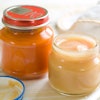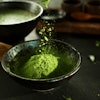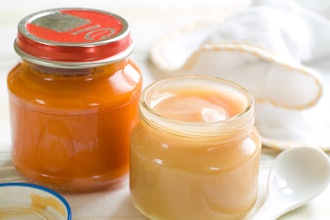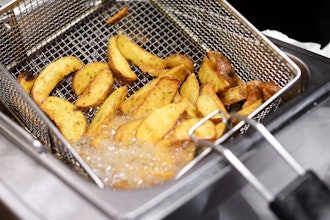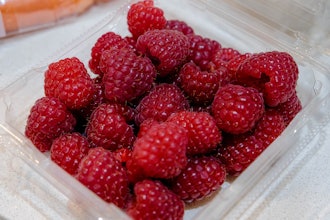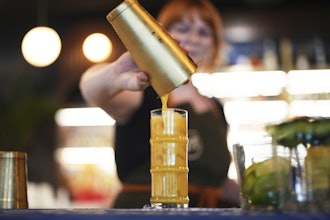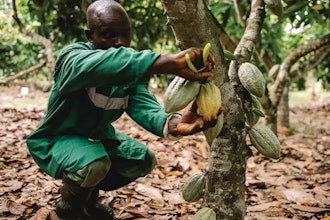(Newswise) — With honeybees facing a population decline and the number of beginning beekeepers surging, the ability for those beekeepers to properly price and market their product is vital to their success.
To assist the industry, an interdisciplinary team in the University of Delaware’s College of Agriculture and Natural Resources has conducted research on consumers’ willingness to pay for honey products originating from different locations.
The team was led by Debbie Delaney, assistant professor in the Department of Entomology and Wildlife Ecology, and Kent Messer, Unidel Howard Cosgrove Chair for the Environment in the Department of Applied Economics and Statistics, along with doctoral students Shang Wu and Jacob Fooks.
The study was funded through a grant from the Northeast Center for Risk Management Education (NECRME) and began in December 2012 at the Laboratory of Experimental and Applied Economics in Townsend Hall.
From December through February, the group asked 115 adult participants recruited from the local community questions about their willingness to pay for honey from three specific production origins — local, national, and international.
Once participants provided initial answers, they were given information about honey, such as the benefits of insect pollination and the potential for local honey to ease seasonal allergies and the potential risks of consuming international honey, which in some cases contains no pollen at all or may be not even be from bees, but instead just honey-flavored corn syrup.
“Our results indicate that consumers are willing to pay more for local and U.S. honey, compared to international honey,” Wu said. “With no information given, consumers are willing to pay 20 percent (98 cents) more for a jar of local honey, and 10 percent (48 cents) more for a jar of U.S. honey, compared to a jar of international honey.”
The researchers also found that providing consumers with labeling information about local and international honey changed the consumers’ valuation of the products. When informed by a label about the potential risks involved with consuming international honey, their willingness to pay for local honey increased by 57 percent ($2.78). When provided with information about the pollination benefits of local honey, the valuation for local honey increased by 22 percent ($1.07).
The information about potential allergy benefits, however, did not change the consumers’ willingness to pay.
Importance of local honey
Delaney has helped establish a Honey Producers Working Group, which includes more than 30 honey producers in six different states. The goal of this group is to figure out ways to better market local honey in order to increase consumers’ willingness to pay for their unique product.
“Honey is a very special product,” said Delaney. “First of all, we steal it from very industrious bees. It’s something that’s very varietal and each location is unique. Honey is artisanal and somewhat like coffee, olive oil and balsamic vinegar. It’s a special product and it can’t just be generic in the supermarket.”
As to concerns about international honey that can be found on the shelves in supermarkets, Delaney said much of it, when studied carefully, has had the pollen removed. “Why has it been removed?” she asked. “Is it because they don’t want us to know that it’s from China, where it’s banned from being imported? Or is it watered down with corn syrup?”
She said there is “definitely an integrity issue with international honey” that goes beyond being diluted. “There is much concern that it’s coming from places where it’s banned and that are known to have contaminants and things like traces of metals.”
Messer echoed these sentiments. “If you go out to the hives at the University of Delaware, you’ll see that honey from bees comes in all different types of flavors and colors,” he said. “That’s because it depends on what plants are blooming that day. But if you go to the grocery store, honey generally looks and tastes the same. To get this consistency, it is not surprising that firms will be tempted to make honey from substances that do not come from bees. Most consumers do not know that, in the United States, there is no legal requirement that something labeled as honey is actually from bees.”
This year, local beekeepers have been facing a serious problem in that the bees are not making as much honey as previous years.
Delaney said that this is primarily due to the unusual amount of rain the area has seen. When there are numerous torrential downpours like the area has experienced this summer, the rain will wash the flowers and hinder the work of the bees as they collect the nectar. In addition, because the bees are stuck inside hives waiting for the weather to improve, they eat a good amount of the stored honey.
“I talked to one beekeeper and he harvested 900 pounds last year and he’s harvesting 100 pounds this year,” Delaney said, adding that the problem is specific to certain regions. She noted that beekeepers in Vermont have said that they are having a great year.
Now that the research team has data in hand, Delaney said she plans to have another Honey Producers Working Group meeting to inform beekeepers about how they can encourage customers to buy from local honey artisans.


